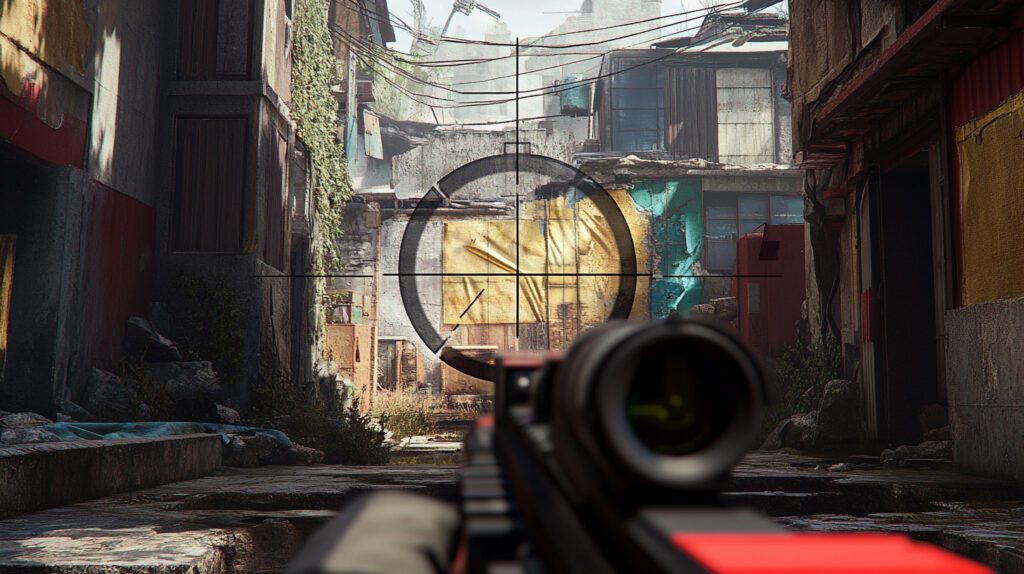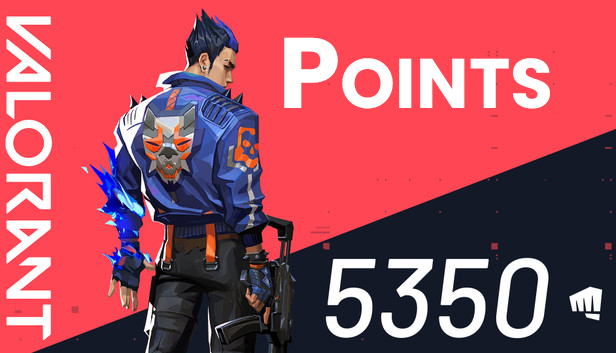Crosshairs in Valorant play a crucial role in your aiming accuracy and overall gameplay experience. While they may seem like small elements, choosing the right crosshair can greatly enhance your ability to land headshots and win duels. In this guide, we’ll dive into the best crosshair settings used by professional players, helping you find the perfect one for your playstyle.
Key Crosshair Settings in Valorant
Before diving into specific crosshair styles, it’s essential to adjust some general settings that apply to all crosshairs. These will make sure your crosshair customization is as effective as possible.
Enable Advanced Options for More Control
Make sure to turn on advanced crosshair settings to access more customization options. This will allow you to fine-tune your crosshair to suit your exact needs, whether you’re a beginner or an advanced player.
Copy Your Teammates’ Crosshairs with a Simple Command
If you’re spectating a teammate and like their crosshair, you can type /slcc in the game chat to instantly copy their crosshair profile. This can be a great way to discover new crosshair styles without having to set them up manually.
Use Crosshair Fade with Firing Error
The “Fade Crosshair with Firing Error” setting is a must-have for beginners. This feature makes the top of your crosshair fade when your accuracy drops due to recoil. It’s a visual reminder to reset your spray and helps you build muscle memory for better shooting control.
Find Valorant settings for consoles here.
Beginner-Friendly Crosshairs for Improved Accuracy
Choosing the right crosshair can be especially helpful for players still learning how to control recoil and movement in Valorant.
Recoil Control Crosshair with a Topline
For beginners who struggle with recoil, using a crosshair with a top line as a reference point for maximum recoil can be very helpful. This feature acts as a guide to show where your bullets will spread, helping you better control your spray in intense situations.
Crosshair for Movement Control
If your issue lies with movement rather than recoil, consider a crosshair that has faded lines adjusting as you move. This helps train you to stop moving before shooting, a fundamental mechanic in Valorant.
These beginner crosshairs are great training tools, but remember, no crosshair will magically improve your aim without practice. To truly enhance your aim, you’ll need to focus on fundamentals such as crosshair placement, movement, and team play.
Find Valorant crosshair’s here.
Customizing Your Crosshair for Maximum Effect
Once you’re comfortable with the basics, it’s time to dive deeper into crosshair customization. Valorant gives you the ability to modify almost every aspect of your crosshair, from size and color to inner and outer lines.
Importing Crosshair Codes
The easiest way to try out different crosshairs is by using crosshair codes. To import a crosshair code, go to your crosshair profile settings, select a new profile, click “Import,” and paste the code. You’ll instantly have access to a new crosshair style.
Pro Player Crosshair Settings
Some of the most common crosshair configurations used by pro players include:
- Tenz’s Crosshair (1422): A highly popular crosshair setup that many players swear by. It features inner line opacity set to 1, length set to 4, thickness set to 2, and offset set to 2.
- Scream’s Dot Crosshair: This minimalistic dot crosshair is perfect for players focused on headshots and precision.
- Nats’ Iconic Crosshair: While slightly different due to Nats playing on a unique resolution, this crosshair provides a sleek design that works well for precision aiming.
Advanced Crosshair Tips: Colors and Sizes
Color plays an important role in crosshair visibility. Most pro players stick to colors like white, green, or cyan because they stand out against Valorant’s backgrounds. Cyan, in particular, is a popular choice because it pops on most maps without being too distracting.
ADS and Sniper Scope Crosshairs
For scoped weapons like the Operator or for aiming down sights (ADS), many players prefer using a dot crosshair. Dots work well for long-range duels where precision is key, and a larger dot can help you aim for center mass during these encounters.
Fun and Unique Crosshairs to Try
If you’re feeling adventurous or just want to have a bit of fun, there are several unique crosshairs you can experiment with.
The Anime Sword Crosshair
This crosshair might seem a bit strange at first, but it can actually be quite effective for some players. It’s designed to resemble a sword and can feel surprisingly satisfying to use once you get the hang of it.
Among Us and Pokeball Crosshairs
For those looking to inject some humor into their games, try the Among Us or Pokeball crosshairs. These crosshairs are meant for fun rather than serious gameplay, but they’ll definitely make your matches more entertaining.
FAQs About Valorant Crosshairs
1. How do I copy a teammate’s crosshair in Valorant?
To copy a teammate’s crosshair, type /slcc in the chat while spectating them. This will automatically import their crosshair settings into your profile.
2. What is the best crosshair for beginners?
Beginners should start with a simple crosshair that helps with recoil control, such as one with a topline that shows maximum recoil. Another good option is a crosshair with faded lines that help with movement accuracy.
3. Should I use a dot crosshair in Valorant?
A dot crosshair can be great for players focused on landing headshots. It’s especially effective for long-range duels where precision is key, though it may not be ideal for everyone.
4. What is the best color for a Valorant crosshair?
Most pro players recommend white, green, or cyan crosshairs because they stand out against the game’s backgrounds. These colors are visually easy to track, helping with aim precision.
5. How do I import crosshair codes in Valorant?
Go to your crosshair profile settings, click “Import,” and paste the crosshair code into the input field. Rename the crosshair if you want, and you’re good to go!




